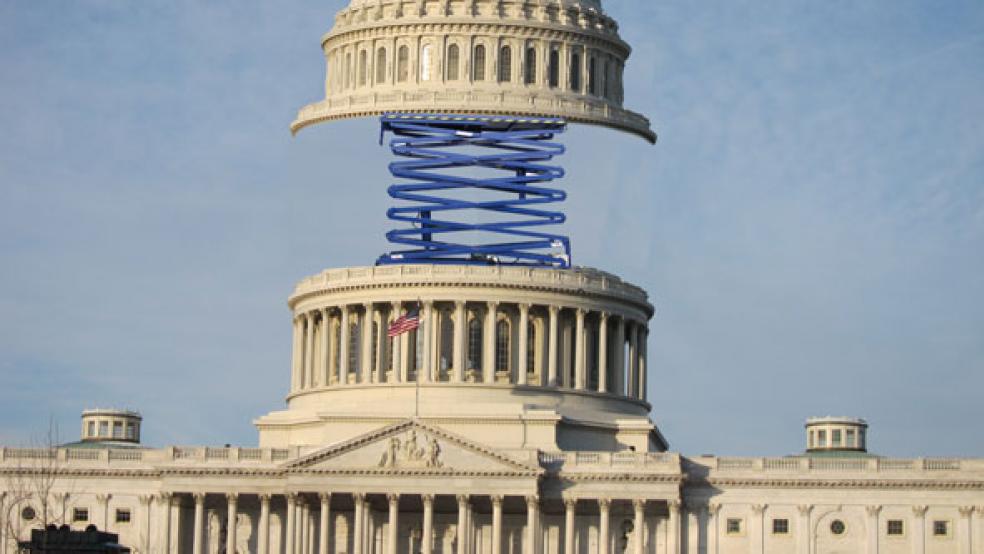The US debt situation is worse than commonly realized. Unaddressed, the surge in treasury borrowing over the last 10 years represents an accident in the offing. Fortunately, a few debt management policy tweaks can yield great benefit with limited costs.
In 1971, when the Bretton Woods exchange rate system and US dollar was under severe strain and ready to collapse, Treasury Secretary John Connally remarked at a G-10 meeting in Rome, “The dollar is our currency, but it’s your problem.” Despite the wording, the dilemma was indeed shared, Lawrence Goodman* wrote for op-ed.
Today, it’s our debt, and it’s our problem. Public debt is now 107% of GDP up from 62% a decade ago. But, the amount of debt is only part of the problem. More pressing challenges lurk beneath the surface:
First, the Federal Reserve stands ready to reduce the size of its $4.5 trillion balance sheet, including $2.5 trillion in US Treasury holdings. The impact of this unwind is complex and multi-pronged. What we know for sure is that gigantic purchases of treasuries debt kept yields artificially low over the last several years. Fed purchases of treasury bonds subsidized the US budget deficit.
So, as the portfolio is unwound, yields will face upward pressure. This becomes a fairly daunting challenge as budget deficits are also destined to widen.
Second, treasury debt maturities are abnormally skewed to the short term. This presents a problem, especially with expanding deficits on the horizon.
Many suggest that current debt levels are not a burden, as US debt has been higher. This is naive. Yes, debt reached a peak of 120% of GDP in the immediate aftermath of World War II. But, more pressingly, large refinancing requirements represent an enormous jump in the US government’s “reliance on capital markets.”
Refinancing Almost Double
Treasury will need to roll or refinance 18% of GDP to private investors in 2017 alone, relative to an average of 10% of GDP per year between 1973 and 2008. Add another 3% of GDP for borrowing associated with our fiscal deficit and treasury’s “reliance on capital markets”—domestic and international—is 21% of GDP.
It is even worse if the Fed allows its holdings of treasury debt to mature over the next year. At that point, treasury’s reliance on capital markets will jump to 23% of GDP.
Today, a stunning 70% of treasury debt held by private investors will need to be refunded in the next five years.
Third, liquidity in the US Treasury market is already a concern. The flash crash on October 15, 2014—when the yield on the 10 year US Treasury bond plunged by 37 basis points in a mere two hours—represented statistically a once in over 500-million-day occurrence. Even now, the causes of the flash crash are not fully known and actively debated.
Lastly, the inevitable normalization of monetary policy or higher federal funds rates would likely strain treasury debt markets. New longer-dated instruments–such as 50-or 100-year bonds–would be especially vulnerable. Illiquidity would undoubtedly exacerbate price swings. Under these circumstances, the new bonds would quickly lose value and become a potential public relations problem.
Rate Rise
For the second time this year, the US central bank appears poised to raise interest rates despite fresh signs the world's largest economy is not in peak condition.
The recent soft numbers on the economy may have weakened the case for an increase in the benchmark lending rate by the Federal Reserve, which begins a two-day meeting on Tuesday to review monetary policy, AFP reported.
But the Fed is widely expected to stick to its guns, having built up expectations that it will tighten monetary policy at this meeting, although further rate hikes this year are now in doubt.
At the policy meeting last month, the central bank left rates unchanged at between 0.75 and 1%, and policymakers said they would wait to see whether evidence supported another rate hike.
But they also said first-quarter sluggishness was "likely to be transitory" and that a rate hike would likely be appropriate "soon".
*Lawrence Goodman is the president of the Center for Financial Stability and previously served at the US Treasury.


